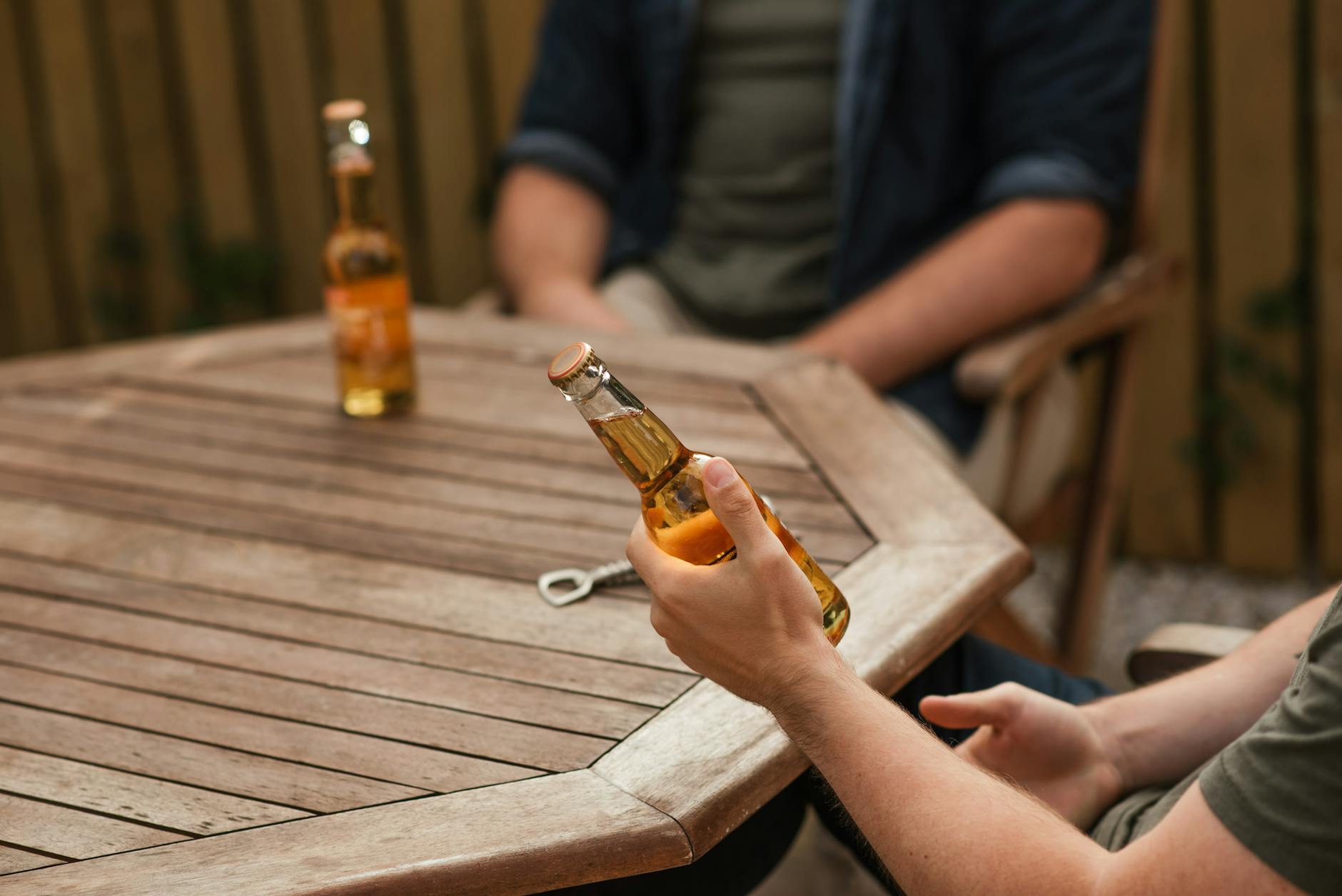Uncover the mysterious world of BAC and learn how factors like body weight and alcohol consumption affect feeling tipsy.
Table of Contents
Whether you’re at a party, a bar, or just kicking back at home, the question of how many beers it takes to get drunk is one that many people have pondered. The answer, however, is not a simple one. The number of beers needed to feel the effects of alcohol can vary greatly from person to person, depending on a variety of factors. In this blog post, we will delve deep into the science behind alcohol metabolism, individual tolerance levels, and other key factors that influence intoxication.
Factors Influencing Intoxication
One of the primary factors that determine how many beers it takes to get drunk is alcohol metabolism. When you consume alcohol, it is broken down by enzymes in your liver, primarily alcohol dehydrogenase. This process varies from person to person, with some individuals metabolizing alcohol more quickly than others. Genetics, age, weight, and gender all play a role in how efficiently your body processes alcohol, ultimately affecting your level of intoxication.
Understanding Blood Alcohol Concentration (BAC)
Blood Alcohol Concentration (BAC) is a measurement of the amount of alcohol in your bloodstream. It is typically expressed as a percentage, with higher percentages indicating a greater level of intoxication. The number of beers it takes to reach a certain BAC can vary depending on the individual, as well as the alcohol content of the beverages consumed. Different types of alcoholic drinks have varying alcohol content, with standard drink units used to measure the amount of pure alcohol in each beverage.
Responsible Drinking Tips
When it comes to alcohol consumption, it is important to set limits and drink responsibly. Knowing your own tolerance levels and pacing yourself are key factors in avoiding over-intoxication. It is also important to be aware of harm reduction strategies, such as staying hydrated, eating before drinking, and knowing when to stop. By taking these precautions, you can enjoy alcohol in a safe and responsible manner.
Conclusion
In conclusion, the question of how many beers it takes to get drunk is a complex one that is influenced by a variety of factors. Understanding alcohol metabolism, individual tolerance levels, and other key considerations can help you make informed decisions about alcohol consumption. By drinking responsibly and being aware of your limits, you can enjoy alcohol without putting yourself or others at risk. Remember, moderation is key when it comes to alcohol consumption. Cheers to enjoying a drink or two in a safe and responsible manner!
FAQ
How does body weight affect alcohol tolerance?
Body weight plays a significant role in alcohol tolerance. Heavier individuals tend to have a higher tolerance as they have more body mass to distribute the alcohol, whereas lighter individuals may feel the effects of alcohol more quickly.
Can I speed up alcohol metabolism?
Unfortunately, there is no way to speed up alcohol metabolism. It is primarily determined by genetic factors and liver enzyme activity. Drinking water, eating, and pacing yourself can help reduce the effects of alcohol, but ultimately, your metabolism rate remains largely unchanged.
Does gender impact alcohol tolerance?
Yes, gender does impact alcohol tolerance. On average, women tend to have lower alcohol dehydrogenase enzymes and body water content than men, leading to slower alcohol metabolism and higher BAC levels. This means women may feel more intoxicated after consuming the same amount of alcohol as men.
How can I calculate my BAC?
You can calculate your Blood Alcohol Concentration (BAC) using online BAC calculators or smartphone apps. Factors such as weight, gender, the number of drinks consumed, and the duration of drinking can help estimate your BAC level. Remember, these calculations are approximate and may vary from person to person.


Leave a Reply